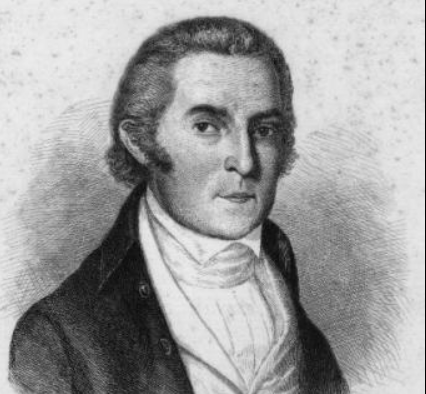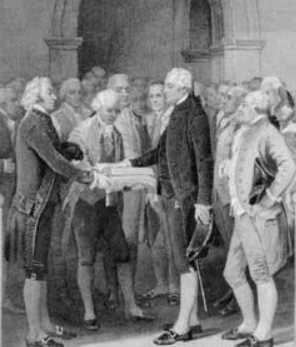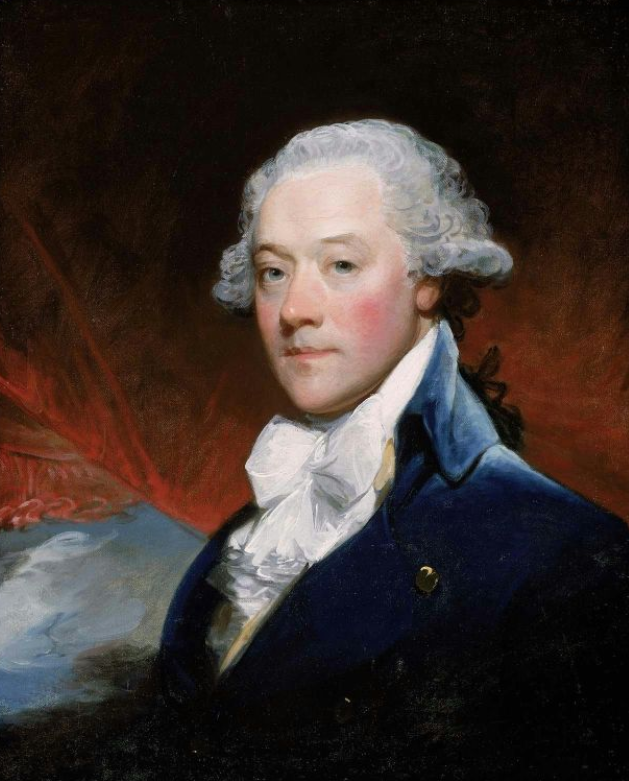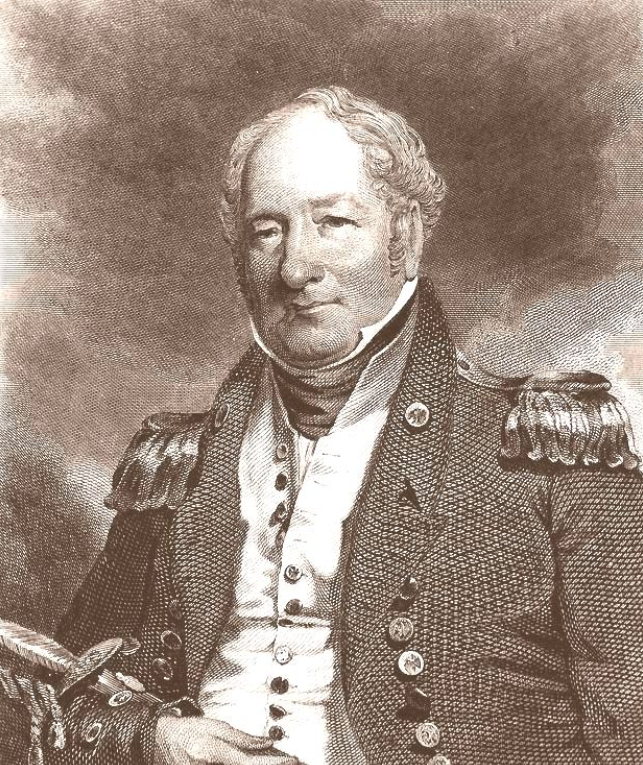Freedom Through Food - Culinary Master James Hemmings
James Hemmings was born into slavery but, due to circumstance, he was able to become one of the most respected chefs in the young United States.
Hemmings was owned by Thomas Jefferson and their peculiar relationship led to James’ rise to the top of the culinary world as well as his eventual freedom.
James Hemmings
When Thomas Jefferson’s father-in-law, John Wayles, passed away, he and his wife, Martha, inherited most of the Wayles Estate.
This property included James Hemmings, one of several step-siblings of Martha.
Despite being three-quarters white, James was still legally a slave. By the age of 15, he was working for then-Governor Jefferson as a personal attendant.
France
James Hemmings’ life became particularly interesting when Jefferson was chosen as Minister to France.
Hemmings was selected to accompany Jefferson to Europe where he was trained in the art of French cuisine.
James studied for three years to become a master chief. As the head cook for the American Embassy, Hemmings served his culinary creations to many of the most famous people of the late 18th century.
Additionally, Jefferson paid Hemmings for his work. Although the amount was less than free people might have made, it was enough for James to hire a private tutor and learn to speak and write in French.
Leaving Freedom
Due to local laws, James Hemmings could have petitioned the French Government for his freedom.
Since the French Revolution was setting in, and talk of liberty was in the air, Hemmings would certainly have learned of these laws speaking with other laborers in the kitchens and markets of Paris. Furthermore, due to his current income and clear ability to secure other work, James could have hired a lawyer to help.
In truth, this idea concerned Jefferson but, for reasons unknown, James decided to return to America with his master.
An American Chef
Upon arrival in the United States, James Hemmings was arguably the best-trained chef in the young nation.
Hemmings traveled with Jefferson (first to New York, then to Philadelphia) when the latter assumed the position of Secretary of State.
Again, his’ delicious meals were served to dignitaries from all around the western world.
While in Philadelphia, however, James again had the opportunity to petition for his freedom, as Pennsylvania had outlawed slavery a decade earlier.
This time, James spoke up.
Liberty
Hemmings asked his owner for freedom.
Thomas Jefferson, who had spent a LOT of money to give James an extremely valuable education, made a deal.
If Hemmings returned to Virginia and trained a replacement (to Jefferson’s satisfaction) he would be manumitted.
This seemed fair and just before leaving Philadelphia an agreement was signed.
James Hemmings spent two years training the next Monticello chef, his younger brother, Peter.
Afterward, Jefferson kept his promise and set James free.
Saying no to the White House
The details of James Hemmings’ life get a little blurry from here.
He certainly did a bit of travelling, possibly even returned to France. Eventually, he ended up working at a tavern in Baltimore.
When Jefferson became President, he requested James’ expert culinary capabilities at the White House. However, Thomas made the mistake of asking James through a third party. The reply he received was to ask Hemmings directly.
It seems that James was afraid that he would only be paid as much as a slave. Thomas, for his part, was nervous about pressuring his old cook into taking a job he didn’t want.
Tragic End
In the end, Hemmings did not take the White House position.
He cooked for Jefferson for the last time during a brief stay at Monticello before returning to Baltimore.
Unfortunately, this feel-good story of a slave who gains his freedom and climbs to the top of his field does not have a happy ending.
Two months after leaving Monticello, James Hemmings killed himself.
When friend James Evans confirmed the death for Thomas Jefferson he wrote, “he had been delirious for Some days previous to his having commited the act, and it was the General opinion that drinking too freely was the cause.”
Many slaves gained their freedom during the American Revolution and went on to find a place in United States history.
You can learn about some of them here:
Salem Poor Rejoins a Desegregated Continental Army
James Armistead is Not Another Face in the Crowd
Prince Whipple Plants a Liberty Tree
Phillis Wheatley - From Slave Girl to Master Poet
The Hemmings Family has a unique position in American history as Jefferson’s slaves/in-laws.
Annette Gordon-Reed is the most trusted source on the Hemmingses. Her work even led to the verification that Jefferson had Hemmings children.
‘An American Family’ is one of her most important works and it is an essential read if you’d like to understand more about slavery in the early republic and Monticello specifically.
If you’d like a copy you can get one through the Amazon affiliate link below (you’ll support this site, but don’t worry, Amazon pays me while your price stays the same).
Want to get fun American Revolution articles straight to your inbox every morning?
Subscribe to my email list here.
You can also support this site on Patreon by clicking here.
Thanks for your support!






